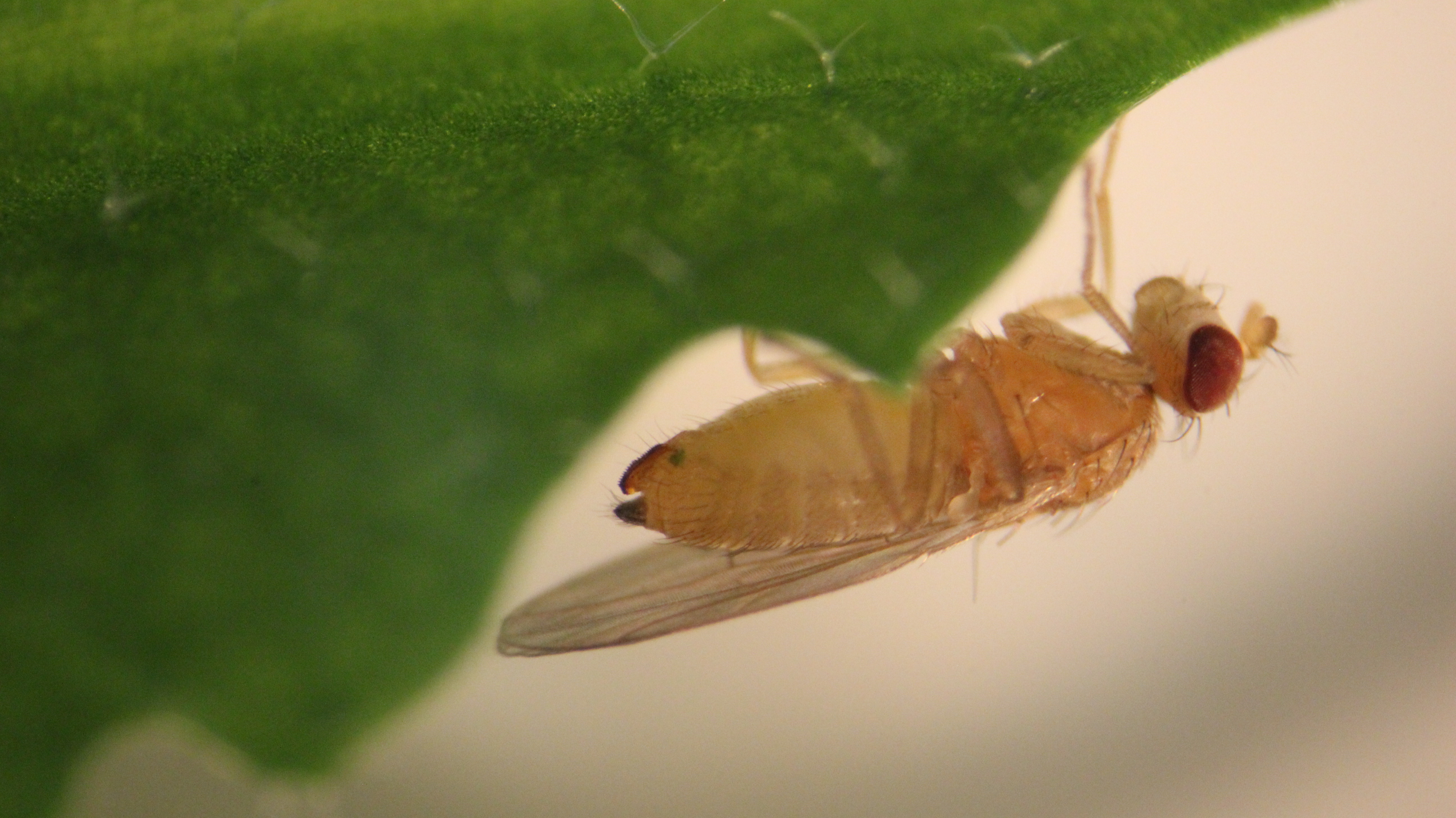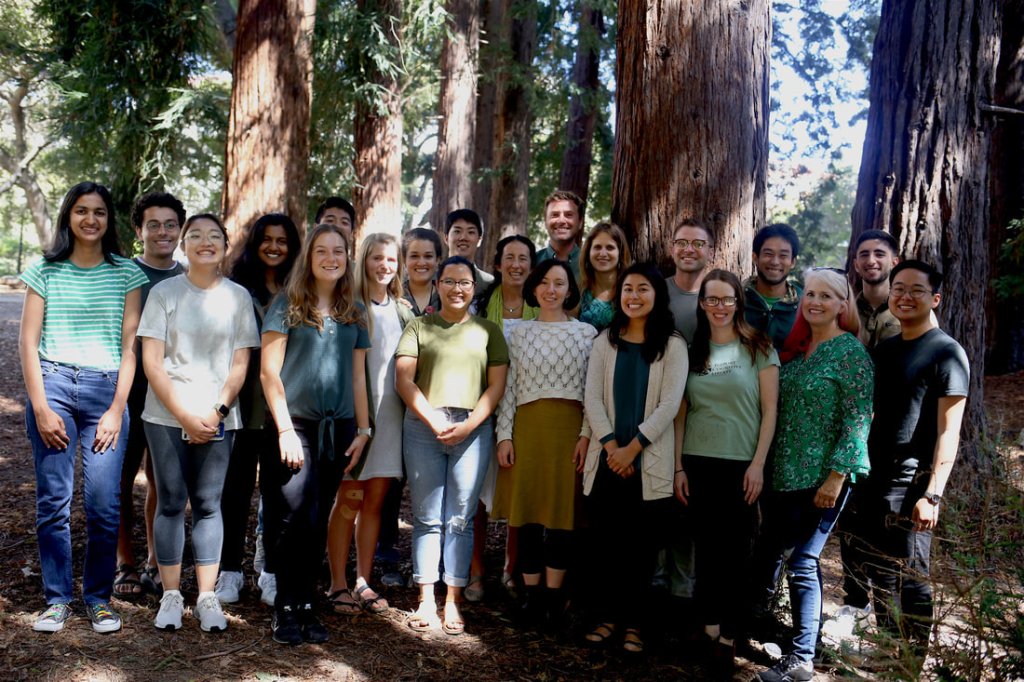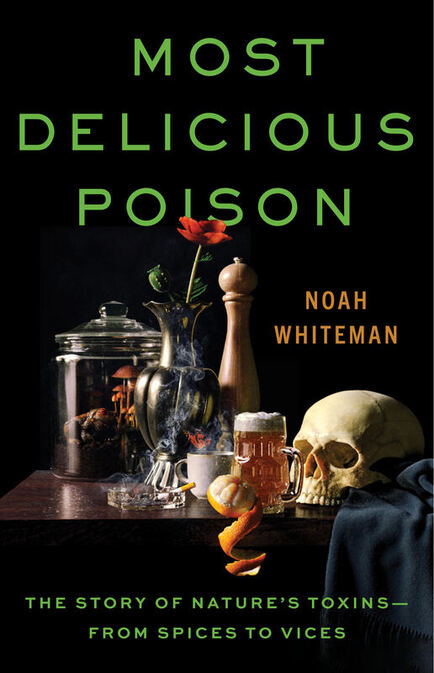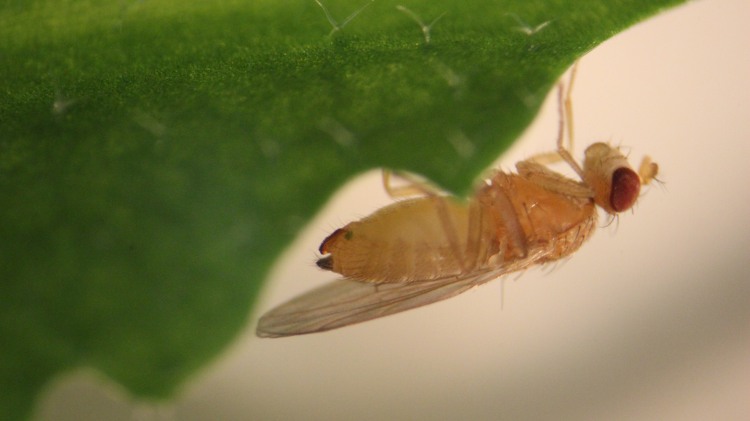
What we study
We study the genetic basis of co-evolution between species. Our research focuses on the evolution of intimate species interactions, both antagonistic, like plant-herbivore or host-parasitoid, and mutualistic, like plant-pollinator. Often, our research centers on the evolution of chemical defenses in plants and other vulnerable organisms and how they can be overcome and even co-opted by other species. Many of these chemicals are found in the human diet or are used in medicine, recreation, and spiritual practice.
Welcome to the Whiteman Lab!

The Whiteman Laboratory is at the University of California, Berkeley is within the Department of Integrative Biology and the Genetics, Genomics, & Development Division of the Department of Molecular & Cell Biology. We are also affiliated with the Helen Wills Neuroscience Institute, the Graduate Group in Microbiology, the Center for Computational Biology, the Essig Museum of Entomology, the Museum of Vertebrate Zoology and the University and Jepson Herbaria.
“Most Delicious Poison” published October 24th.
Noah’s new book for general audiences on the origin story of nature’s toxins is out now! For more information see the Most Delicious Poison website.

PBS Deep Look takes a look!
PBS Deep Look recently profiled one of our study organisms, Scaptomyza flava, the mustard leaf miner.

Research in New York Times
Carolyn Wilke’s story in the New York Times “Trilobites” features is about the evolution of the plant-penetrating ovipositor (egg-guide) of Scaptomyza flava: “While Other Insects Played, This Species Evolved the Blade.”
You must be logged in to post a comment.